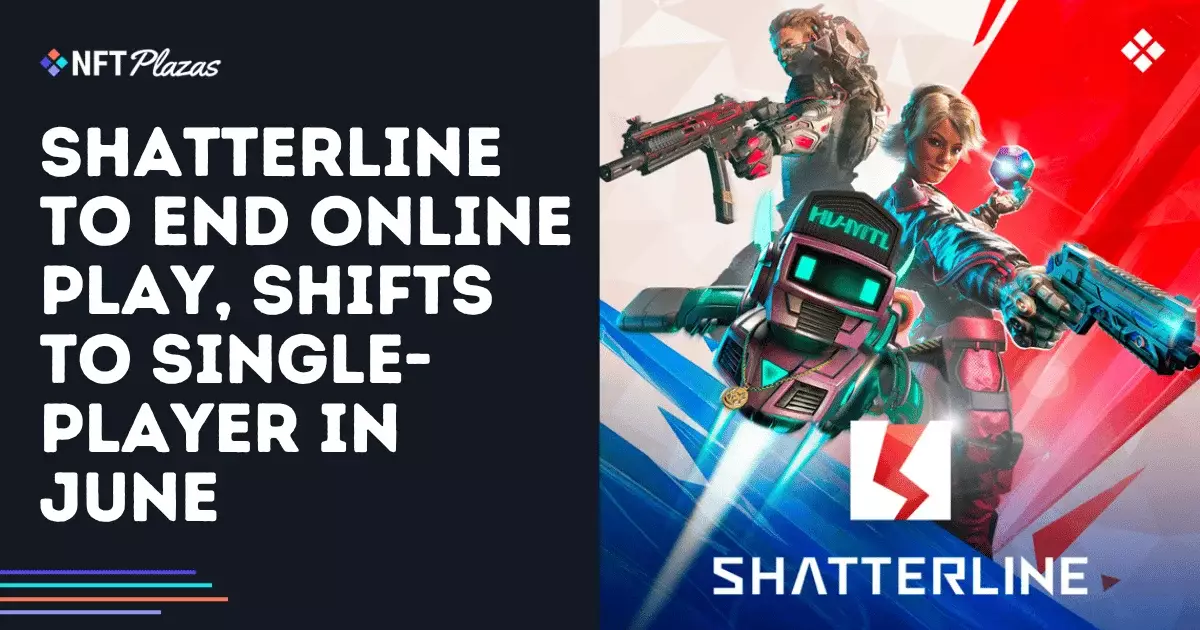The recent announcement that Shatterline will be transitioning from a multiplayer online shooter to a single-player-only format is emblematic of a troubling trend in today’s gaming landscape. Originally hailed as an exciting entry into the sci-fi first-person shooter genre, it has become yet another cautionary tale of how overambitious designs and a faulty monetization strategy can lead to rapid decline. This shift from a free-to-play model to a pay-to-own format signifies more than just a logistical change; it reflects a fundamental misunderstanding of what modern gamers seek—punctuating the point that multiplayer engagements have become the baseline expectation, not the extraordinary.
The creators at Frag Lab cited declining player numbers as the linchpin for this drastic pivot. Players want vibrant ecosystems filled with active participants, not sparsely populated lobbies that look more like ghost towns than competitive arenas. While the studio may have hoped that launching on platforms like the Epic Games Store would revive interest, it soon became starkly apparent that growing a dedicated player base requires something deeper than just accessibility.
Monetization Missteps: The Blunder of Blockchain
In an era where monetization schemes are evolving, the blockchain components embedded in Shatterline’s original framework illustrated a disconnect with its audience. Instead of enhancing gameplay, these elements often muddied the experience and pushed away potential players who were skeptical about digital ownership and cryptocurrency in gaming. For many, in-game purchases represent an organic avenue for enjoyment, not a hefty, convoluted influx of transactions and wallets.
Frag Lab’s struggles lay not just in reducing multiplayer options but in this misguided approach to revenue generation. With strategic failures in monetization, frustrations among long-time players grew, and the game’s inability to sustain a player-first model became all too transparent. In an industry where user engagement can make or break a title, Shatterline’s reliance on a cumbersome blockchain system was reminiscent of an outdated playbook—one that simply doesn’t resonate with today’s gaming culture.
The Future of Shatterline: Could It Find a New Identity?
As the studio pivots to a single-player focus beyond June 26, there remains a flicker of hope that Shatterline can redefine itself. A commitment to expand solo content and improve offline experiences could pave the way for a fresh take on this troubled title. However, the lingering question is whether the game can truly revitalize interest in an industry rife with competition. Providing engaging missions and maintaining the high-octane gunplay that attracted players initially is a monumental task.
For Shatterline to succeed, it must embrace its new identity while gently extricating itself from the shackles of unsustainable online infrastructure. The optional retention of blockchain elements further complicates this transition, as it will likely elicit mixed reactions from players. The road to recovery is fraught with challenges, but if managed wisely, Frag Lab has a chance to carve a niche for Shatterline in the solo gaming realm. However, the evolution from multiplayer ambitions to one-off ownership may open up questions about what it truly means to engage in a video game now and in the future.

